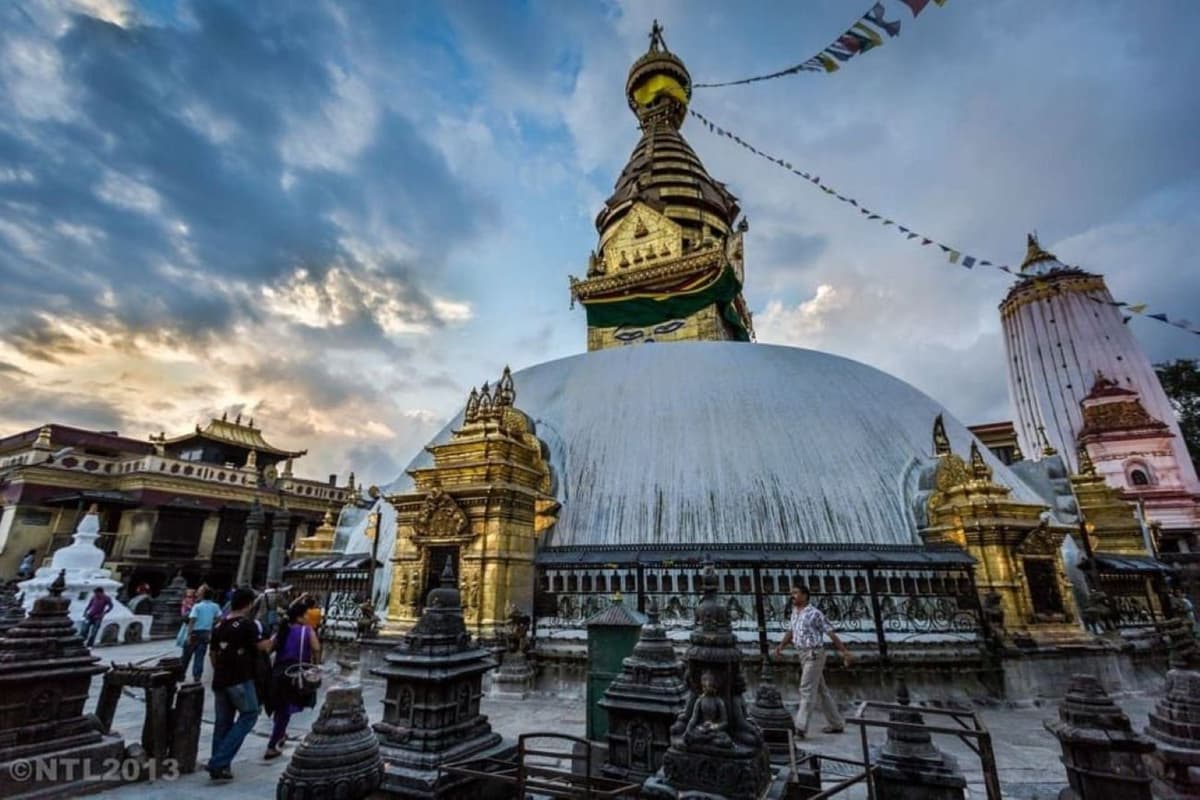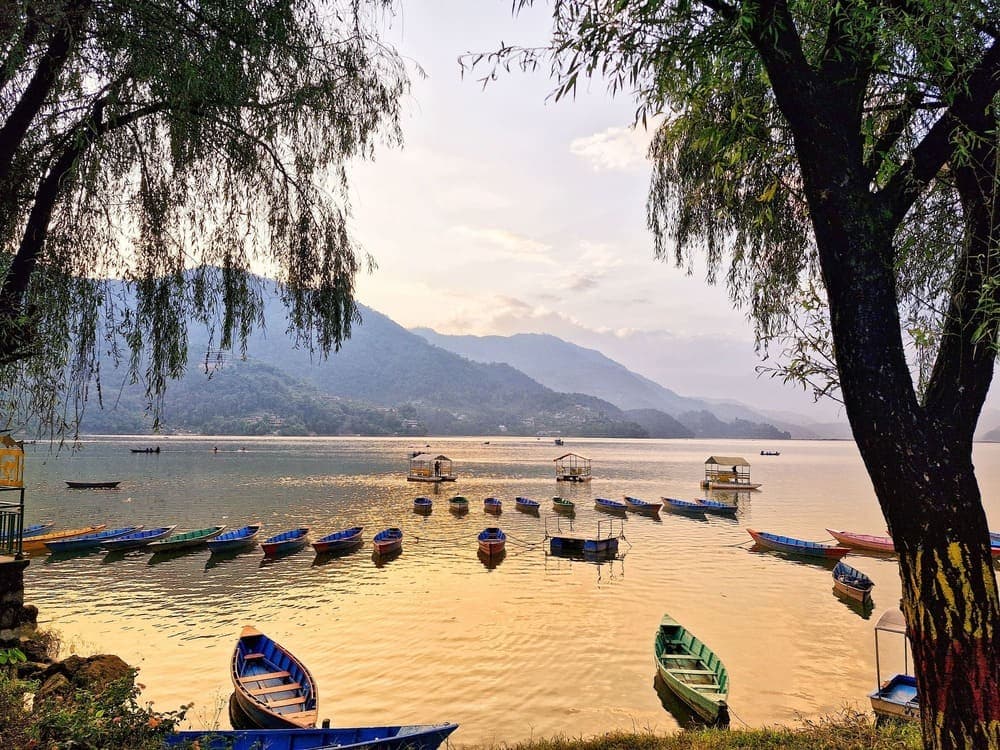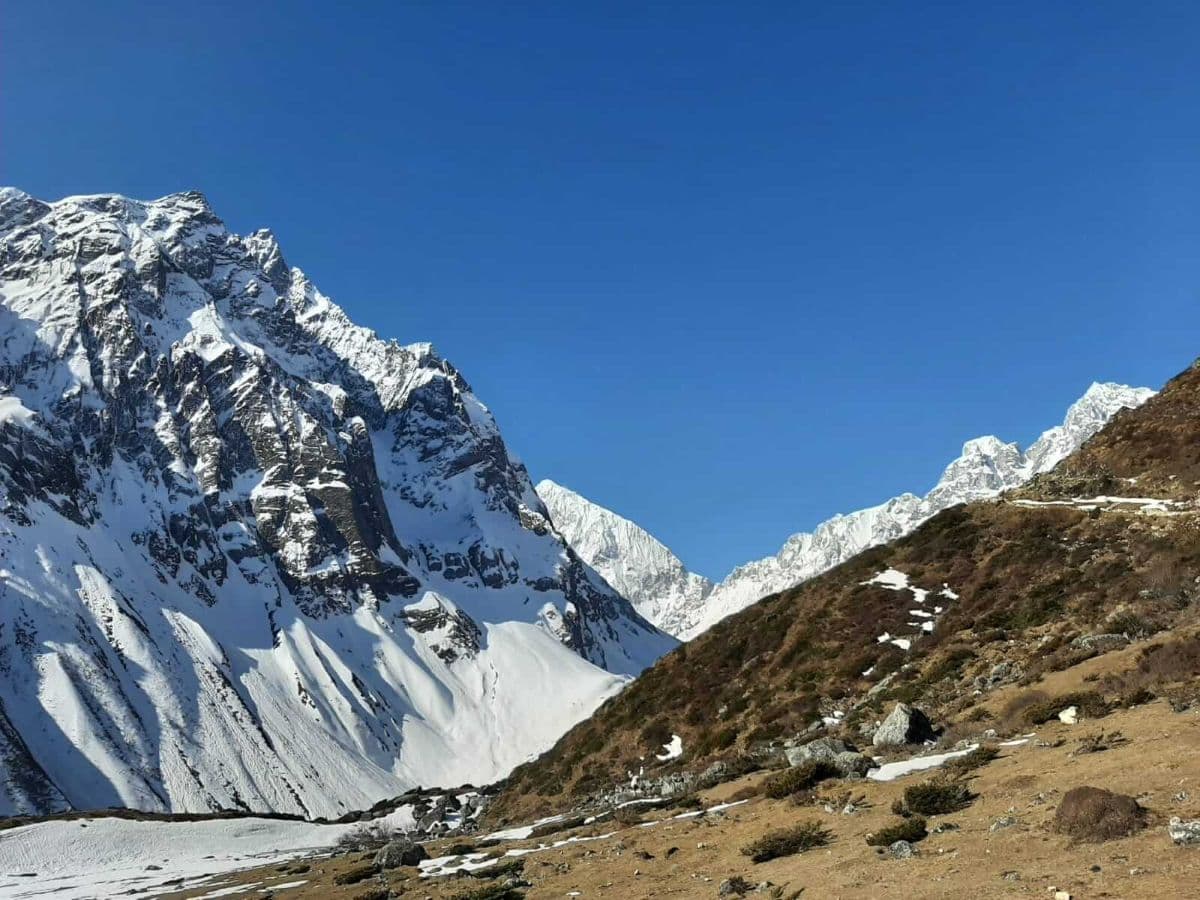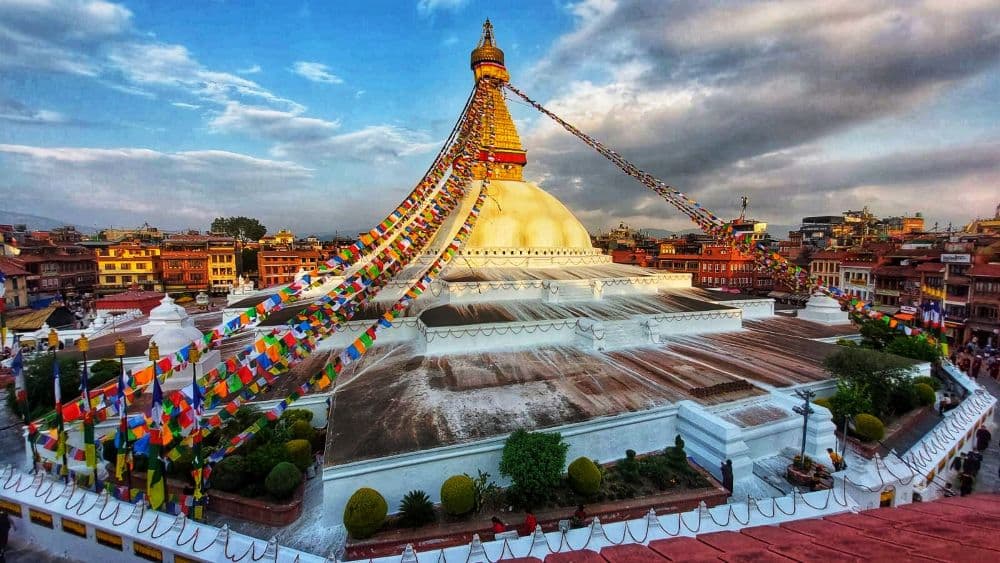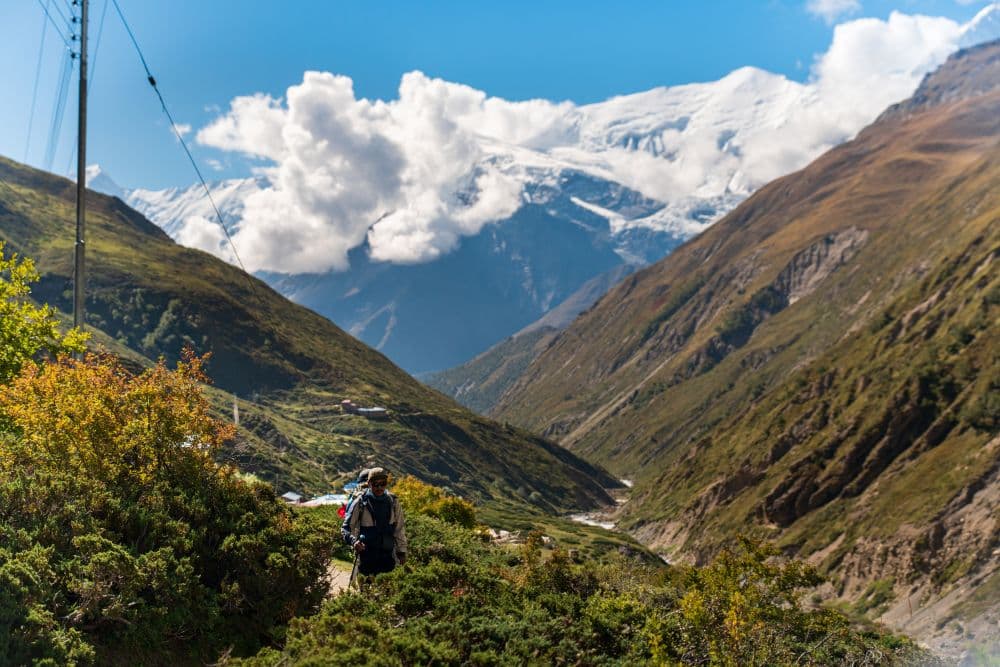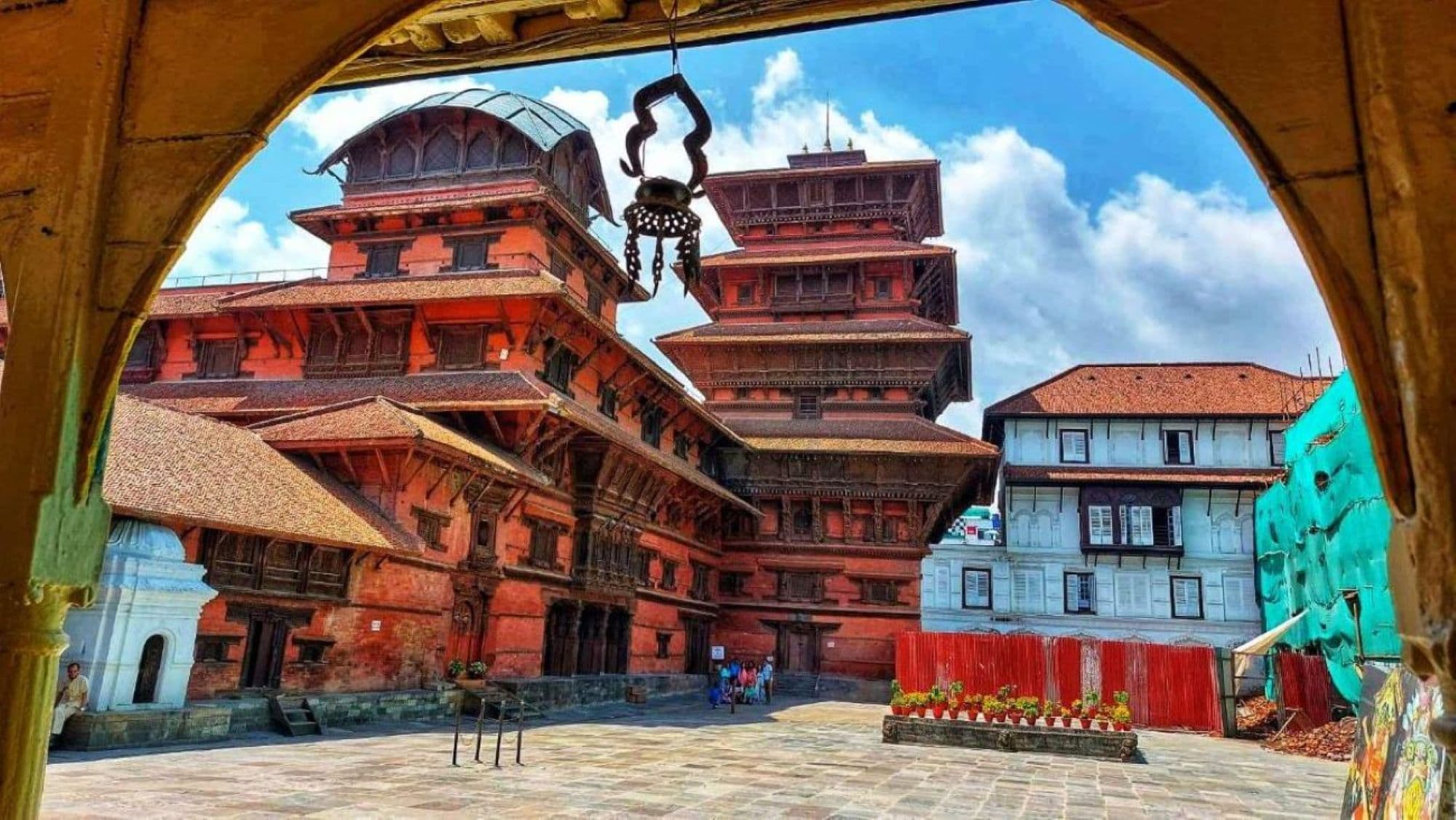
UNESCO World Heritage Sites in Nepal
UNESCO World Heritage Sites in Nepal are not just iconic landmarks, ancient buildings, and tourist attractions, they are the legacy of the past that shapes the present and will be passed down to future generations. In the context of Nepal, most people know Nepal as the home of towering mountains. However, Nepal has much more than panoramic mountains and breathtaking landscapes.
Nepal is full of vibrant cultures, historical significance, and deep spiritual essence. From centuries-old temples and palaces to sacred sites and natural beauty, Nepal is home to several world heritage sites recognized by UNESCO.
What are UNESCO World Heritage sites?
UNESCO World Heritage Sites are places, landmarks, etc, around the world that are recognized for their outstanding value to humanity. The world heritage sites have their own cultural and natural significance that exceptionally provides sources of life and aspirations.. These can include ancient temples, monuments, cities, forests, national parks, historical buildings, etc.
The concept of UNESCO regarding world heritage sites is quite interesting. When a site is added to the UNESCO list, it becomes universal, i.e., it belongs to all the people around the world irrespective of the territory on which they are located.
In Nepal, these heritage sites include cultural landmarks like Lumbini, historical landmarks like Kathmandu Durbar Square, and natural spaces like Sagarmatha National Park.
Why Are World Heritage Sites Important?
World heritage sites are something that shares about the past, binds the present, and should be preserved for the future. By identifying and preserving these locations, we are preserving not only exquisite temples or breathtaking scenery, but also identity, customs, and knowledge for coming generations. Additionally, they benefit local economies and communities and foster sustainable tourism.
Whether it’s an ancient palace in Kathmandu or a pristine Himalayan park, World Heritage Sites remind us that some places are too important to lose.
How Does UNESCO Protect World Heritage Sites in Nepal?
UNESCO protects World Heritage Sites by identifying, protecting, and preserving when a site is listed. When any heritage site gains worldwide attention, these sites get the focus of relevant authorities from the country to preserve the sites and even foster tourism.
Moreover, UNESCO monitors these heritage sites and if it is under serious threat due to deterioration, then, it gives guidelines, training, and fosters financial assistance for conservation, restoration, or disaster recovery.
The major part of protecting heritage sites is done through encouraging education and public engagement. This helps people to value their heritage and become active in protecting it.
Hence, UNESCO doesn’t own these places—it empowers countries and local communities to care for them in ways that are sustainable, respectful, and long-lasting.
How Many UNESCO World Heritage Sites Are There in Nepal?
As of now, there are a total of 10 UNESCO World Heritage Sites in Nepal that have been recognized for their outstanding value. Two of the heritage sites have been recognized for their natural beauty, ecological importance, and diverse landscapes. Sites like Chitwan National Park and Sagarmatha National Park are home to many endangered animals and birds.
Top 10 World Heritage Sites in Nepal
1. Kathmandu Durbar Square
Nestled at the heart of Kathmandu, Kathmandu Durbar Square, also known as Basantapur Durbar and Hanuman Dhoka, is an old durbar square that holds the essence of the Malla and Shah dynasties. With over 50 temples in the square, this heritage site is also known as “the Museum of Temples." The intricately carved wooden windows, doors, temples, and courtyards echo the finest art and architecture of Nepal.
Main features
- Taleju Temple, built by King Mahendra Malla in 1549 AD, is one of the finest examples of the Pagoda style. This temple will be open for just one day during Dashain.
- The Kumari Ghar describes the craftsmanship of the 17th century. Visitors may catch a glimpse of the living god, Kumari, only during designated hours.
- Another fine art with Kathmandu Durbar Square is Jagannath temple, which has erotic figures carved on the wooden struts.
- The courtyard, Nasal Chowk, inside the main entrance, was used for coronations during the Rana Regime.
- Another major tourist attraction in Nepal is Kal Vairav. This is one of the largest 17th-century stone statues representing Lord Shiva.
- The temple of Swet Vairav will come to the light of the public only once a year, during Indra Jatra.
2. Bhaktapur Durbar Square
Tucked in the heart of Bhaktapur, Bhaktapur Durbar Square exhibits the extraordinary art and architecture of the Malla Dynasty. The Palace of 55 Carved Windows, known as Pachpanna Jhyale Durbar, dates back to the 15th century and is the masterpiece of wood carving. Likewise, boasting one of the Nepal's finest repoussé metalwork , the golden gate at the palace square
Key Points
- The five stories, Nyatapola Temple, dedicated to a Tantric goddess, are flanked by stone sculptures of deities and mythical beasts.
- The pagoda-style Bhairavnath temple consists only of the head of Bhairav. The story of the cutting head of Bhairav by a Tantric expert is well known among locals.
- The stone temple of Batsala Devi, made in Shikhara-style architecture, is another visual highlight.
What to do in Bhaktapur Durbar Square?
- You can head to the pottery Square and try making your own glass, cup, etc.
- You cannot miss out on trying Juju Dhau (King Curd). Likewise, eating Newari delicacies like Bara, Samay Baji at local eateries around the square is a must.
- You can also look around and buy handmade pottery, wood carvings, masks, and thangka paintings.
3. Patan Durbar Square
Lying in the heart of Lalitpur, Patan Durbar Square exhibits the excellence of Newari architecture during the reign of the Malla kings. The brick houses, palace buildings, artistic courtyards, and pagoda temples retain the same old essence and value. The magnificent Krishna temple, built entirely of stone in the Shikara architecture style, is unique in its grandeur. This temple welcomes many devotees every year, especially during Shree Krishna Janmashtami, the birthday of Lord Krishna.
Highlights
- The renovated Keshav Narayan Chowk has been converted into a bronze artifact museum. This museum will give you insights into painting, inscription, and artifacts of the Lichhavi period.
- Another excellent example of woodcarvings, and stone, and metal sculptures is the Sundari Chowk with the sunken bath of Tusha Hiti
4. Chitwan National Park
Located in the foothills of the Terai in areas like Nawalparasi, Chitwan, Parsa, and Makwanpur, Chitwan National Park covers an area of about 932 sq km (360 sq miles). Established in 1973, this national park is the first National Park in Nepal. Gaining status as Nepal’s UNESCO world heritage sites in 1984, this national park harbours 31% of mammals, 61% of birds, 34% of amphibians and reptiles, and 65% of fish recorded in Nepal.
This number can be considered exceptionally high in terms of species diversity. With its spectacular landscapes covered with lush vegetation, this national park has become a habitat to endangered species like the Bengal tiger and the one-horned rhinoceros, and lives up to the name of one of the world's biodiversity hotspots.
What to do in Chitwan National Park?
- You can enjoy an exciting wildlife safari to spot the animals, including residents, including tigers, rhinoceroses, elephants, and crocodiles in their natural habitat.
- One of the exotic things to do in Chitwan National Park is enjoying a relaxing canoe ride on the Rapti River. This ride will give you a wonderful opportunity to spot various species of birds and aquatic animals.
- You can also visit a Tharu village to experience their culture and unique way of living.
- Being one of the national parks that harbours over 350 species of birds, you can participate in a bird-watching excursion to spot different species of birds.
- You can interact with trained elephants at an elephant breeding center and learn more about their care and training.
- Exploring the hidden gem of Chitwan National Park, Bish Hajari Tal
- Witnessing different stages of crocodile life up close at the crocodile hatching farm.
5. Sagarmatha National Park
Covering about a total area of 1148 SQ km(443 sq. Miles), this national park in the Khumbu region was recognized as a UNESCO World Heritage site in 1979. Encompassing the majestic snow-capped mountains , including the world's highest, Mount Everest, inspiring landscapes, and deeply incised valleys, this world heritage site represents one of the most interesting geological regions in the world. Home to diverse flora and fauna, this region also boasts the habitat of several rare species, like the snow leopard.
What to do?
- You can also attempt the ultimate adventure, the Everest Base Camp trek. You can create a once-in-a-lifetime memory by either taking the classic Everest base camp trek or Everest base camp trek through Gokyo lakes.
- A panoramic view of snow-capped mountains from the Everest hotel is one of the main attractions. Moreover, you can shop for souvenirs and local crafts at Namche Bazaar.
- You can visit vantage points like Kala Patthar and Gokyo Ri to witness towering peaks, including Mount Everest, Lhotse, Nuptse, Ama Dablam, and Thamserk, gleaming with golden hues during sunset or sunrise.
6. Changunarayan Temple
Perched on the hilltop a few miles away from Kathmandu, Changunarayan temple is one of the oldest temples of Nepal, known for Lord Vishnu. Rich in stone and wood carving, beautifully carved wooden struts, and metal works, this world heritage site speaks of the history of the Lichhavi period.
Key insights
- The statue of Garuda at the front of the temple represents the carrier(bahan) of Lord Vishnu.
- God’s carving on the stone and shrines of Goddess Chhinnamasta (goddess devoid of a head), Badeshwar Mahadev, Laxmi Narayan, and Kileshwar within the vicinity of the temple.
- One of the major attractions of this heritage site is a stone tablet, Shilapatra, which dates from the 5th century.
7. Bouddhanath Stupa
The big spherical-shaped dome, Boudhanath, was designated as a UNESCO World Heritage site in 1979 because of its rich religious, historical, and architectural significance. Wrapped with the prayer flags embedded with mantras, this famous heritage site in Nepal offers profound peace and compassion.
What to do in Boudhanath Stupa?
- You can walk around the stupa in a clockwise direction while spinning the prayer wheels and chanting mantras.
- You can enjoy the peaceful and spiritual atmosphere by lighting butter lamps, chanting, and meditating.
- You can head to one of the many rooftop cafés or restaurants surrounding the stupa and enjoy your food and drinks with a beautiful view of the dome and prayer flags fluttering above.
- Another thing to do in Boudhanath is browsing stalls and shops for Tibetan handicrafts, prayer flags, incense, thangka paintings, singing bowls, and other local items.
- You can also devour some of the local Tibetan food like kima noodles, laphing, etc
8. Swayambhunath Stupa
Swayambhunath Temple is one of the oldest Buddhist temples in Nepal. The base of the temple is surrounded by prayer wheels and followed by a line of stone stairs, and you will reach the main temple. The numerous shrines, monasteries, and temples on its premises show the faith and harmony of both the Hindu and Buddhist religions.
What to do?
- You can walk clockwise around the main stupa, and spin prayer wheels.
- The amazing 360° view of Kathmandu Valley from the top will make you mesmerized. Don't miss out on capturing some amazing photographs.
- You can light butter lamps during morning and evening and take in the spiritual essence of the temple.
9. Pashupatinath Temple
Pashupati is one of the sacred Hindu temples that was designated as a world heritage site by UNESCO in 1979. During the festival of Maha Shiva ratri, many devotees and pilgrims from across the world come to worship Lord Shiva.
Highlights
- You can witness the mesmerizing Sandhya Aarati at the riverside steps near the cremation ghats by the time of sunset. This fire ritual is accompanied by chanting, bells, and conch shells(shankha).
- You can also watch traditional Hindu cremation ceremonies held at the banks of the Bagmati River.
10. Lumbini
Being one of the holiest places of one of the world’s biggest religions, Lumbini was recognized as a UNESCO World Heritage site in 1997. Around 563 BC, Queen Mayadevi gave birth to Siddhartha Gautam, who later around 528 BC, became enlightened and founded Buddhism. This place welcomes more than 400,000 visitors every year.
Highlights
- The inscription on the Ashoka Pillar is one of the significant places for Buddhism.
- Mayadevi temple, dedicated to Queen Mayadevi, shares the story about the place of birth of Gautam Buddha.
- A sacred Bodhi tree under which Buddha received enlightenment is a great place to think, meditate, and reflect.
Tips to Visit World Heritage Sites in Nepal
- You can hire knowledgeable guides who can give you insights about the places, religion, and tell you hidden stories behind the architecture.
- If you are a foreign national, try entering the place after buying the entrance tickets.
- Make sure you don't touch fragile art or other things that have clear instructions.
- If you want to photograph, please look out for signs on the walls. Many of the palaces are restricted for photography.
Be respectful of the culture, tradition, and rituals.
Every heritage carries its own significance and has different stories to tell. So, understanding their value and preserving them is the best thing we can do. Hence, let's do our role in preserving these world heritage sites and inspire future generations. Contact us!
